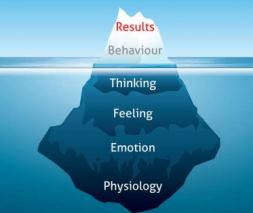Failing to prepare is preparing to fail
Oct 5, 2017 · 380 words · 2 minute read
Conflict Matters: “Failing to prepare is preparing to fail”
I recently attended a conference for mediators and one of the sessions was on preparation. Thinking about the conflicts I am involved in personally, it made me realise that when a dispute flairs up within the immediate family, there is generally no preparation involved from my side. I just act, usually both unskilfully and emotionally. Other family members appear to do the same, each of us speaking without hesitation or a lot of thought. I suspect an anthropologist observing our rituals would not see much difference between us and a group of animals in the wild. The fight, hug and make up ritual is readily observable in most groups of mammals. It is like driving an automatic, rather than a manual. Changing gears just happens. In our house we recently adopted a pair of abandoned kittens, siblings, and they do it all the time: fighting, licking and hugging. And it works fine for both them and us, so long as the ritual is fully completed. We definitely need the hug at the end!
However, there is a significance difference between small fights at home between family members who really do love each other, and conflicts at work or anywhere else there is little or no love binding us. It is here that preparation can be both empowering and rewarding. And even within families, disputes may resolve a lot easier when one or more individuals has put effort into preparation.
The presenter used a diagram of a pyramid, or iceburg with multiple horizontal layers to explain the forces acting upon us when dealing with a dispute, with the desired result being the apex. See the image below. You can Google “Dr Alan Watkins integrated performance model” for more information. The biggest force of all, the base of the pyramid, is our emotions and physiology. This is why taking a few deep breaths is so useful, becoming “grounded”, can literally change everything in the pyramid structure above.
Disengaging automatic and changing to manual by remembering and working through the sequence is a powerful technique. Start by steadying and and calming the body, pacifying the emotions, accepting the feelings, thinking about what you want to say and how you will behave……

- When does bias beat reason?
- When are good intentions an excuse?
- How are men and mascara alike?
- Those Infuriating Answers - Part 2
- Those Infuriating Answers
- Peace Foundation The Five Magic Questions
- 'Our lives are strewn with ordinary jewels' - Rick Hanson
- Exposing kids to conflict
- I’m a failure! – Separating the actor from the action
- Feelings versus opinions